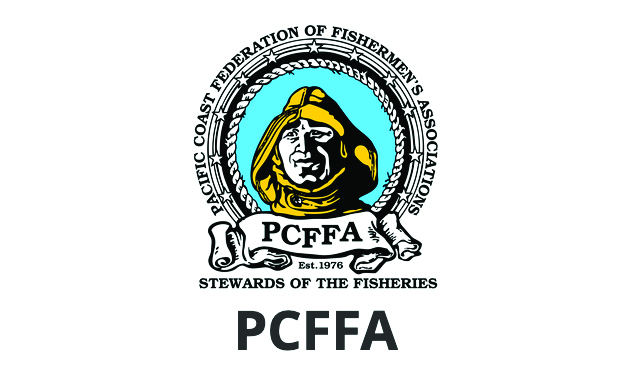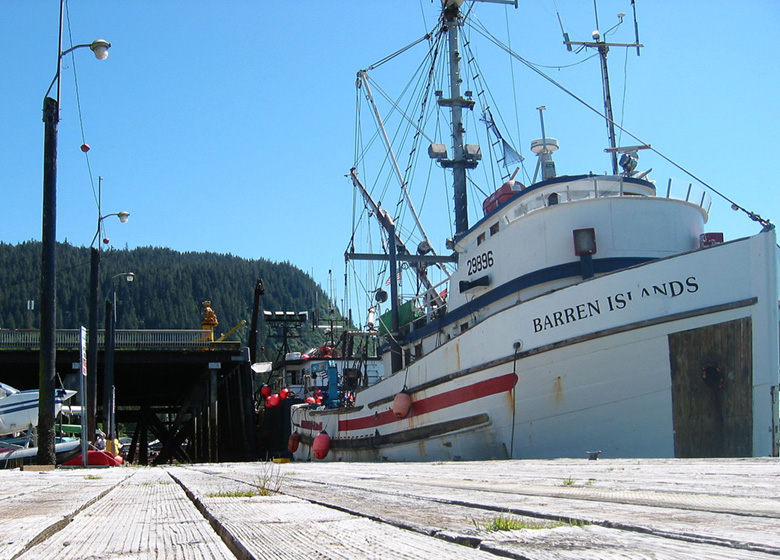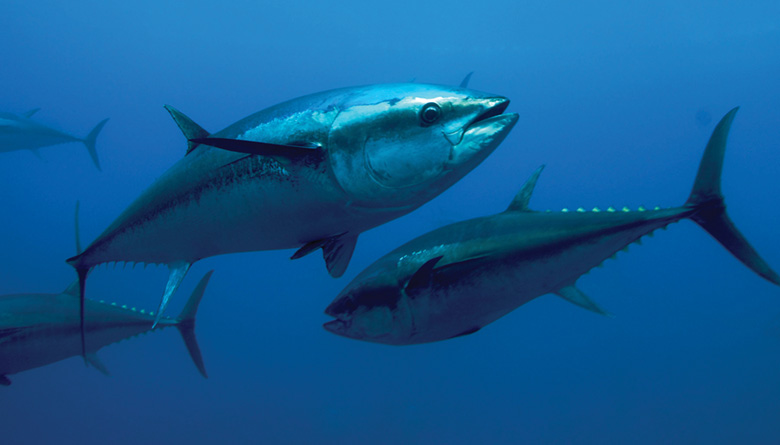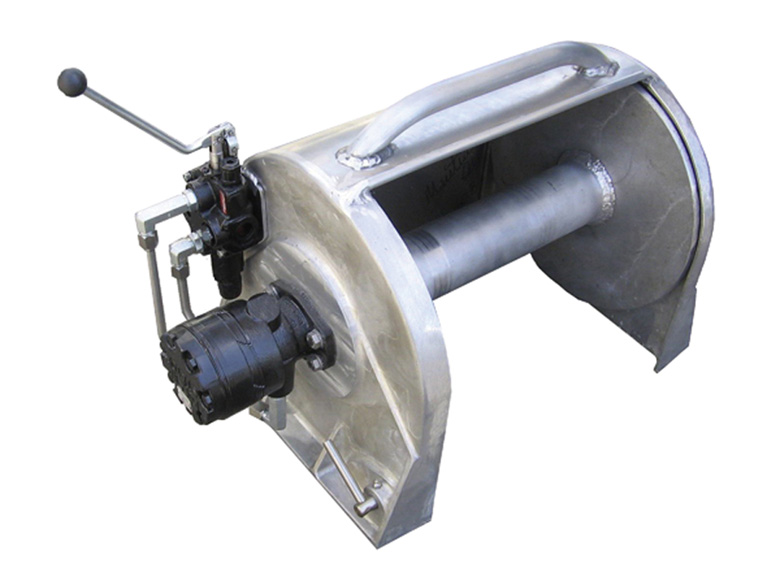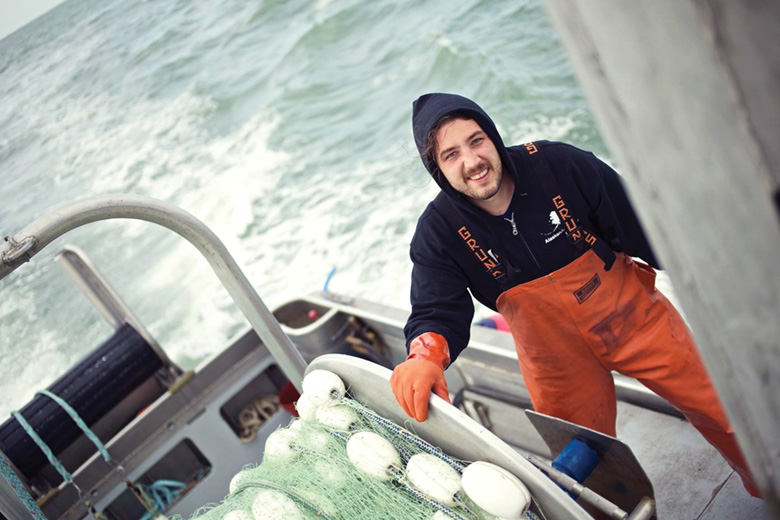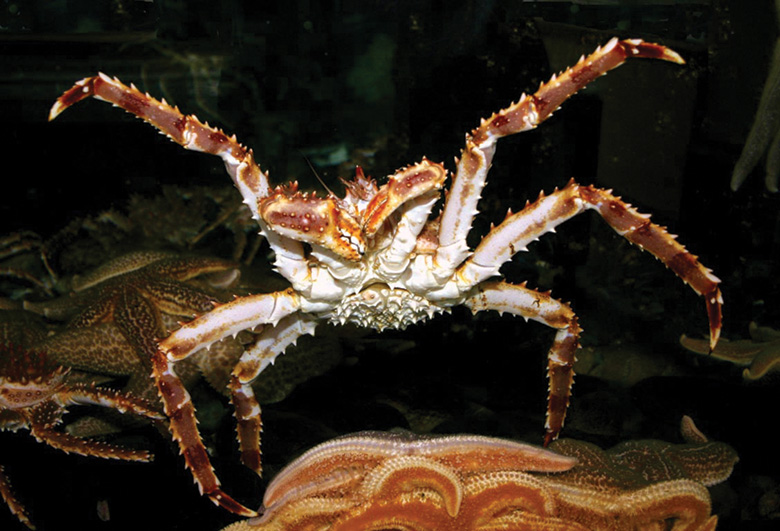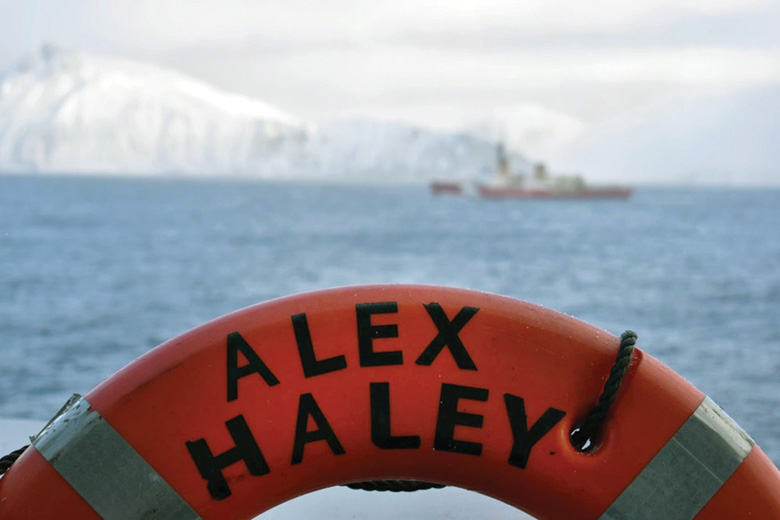Study: Climate Change Results in Fewer Productive Fish Species
A new Rutgers University study finds that as temperatures warm during climate change, predator-prey interactions could prevent some species from keeping up with conditions where they could thrive, resulting in fewer productive fish species to catch in the future.
The study, published April 13 in the biological research journal Proceedings of the Royal Society B, presents a mixed picture of ocean health. Not only could large species and commercially important fisheries shift out of their historical ranges as climate warms, but they would likely not be as abundant even in their new geographic ranges. For instance, a cod fisherman in the Atlantic might still find fish 200 years from now but in significantly fewer numbers.
According to study coauthor Malin Pinsky, the findings suggest from...


